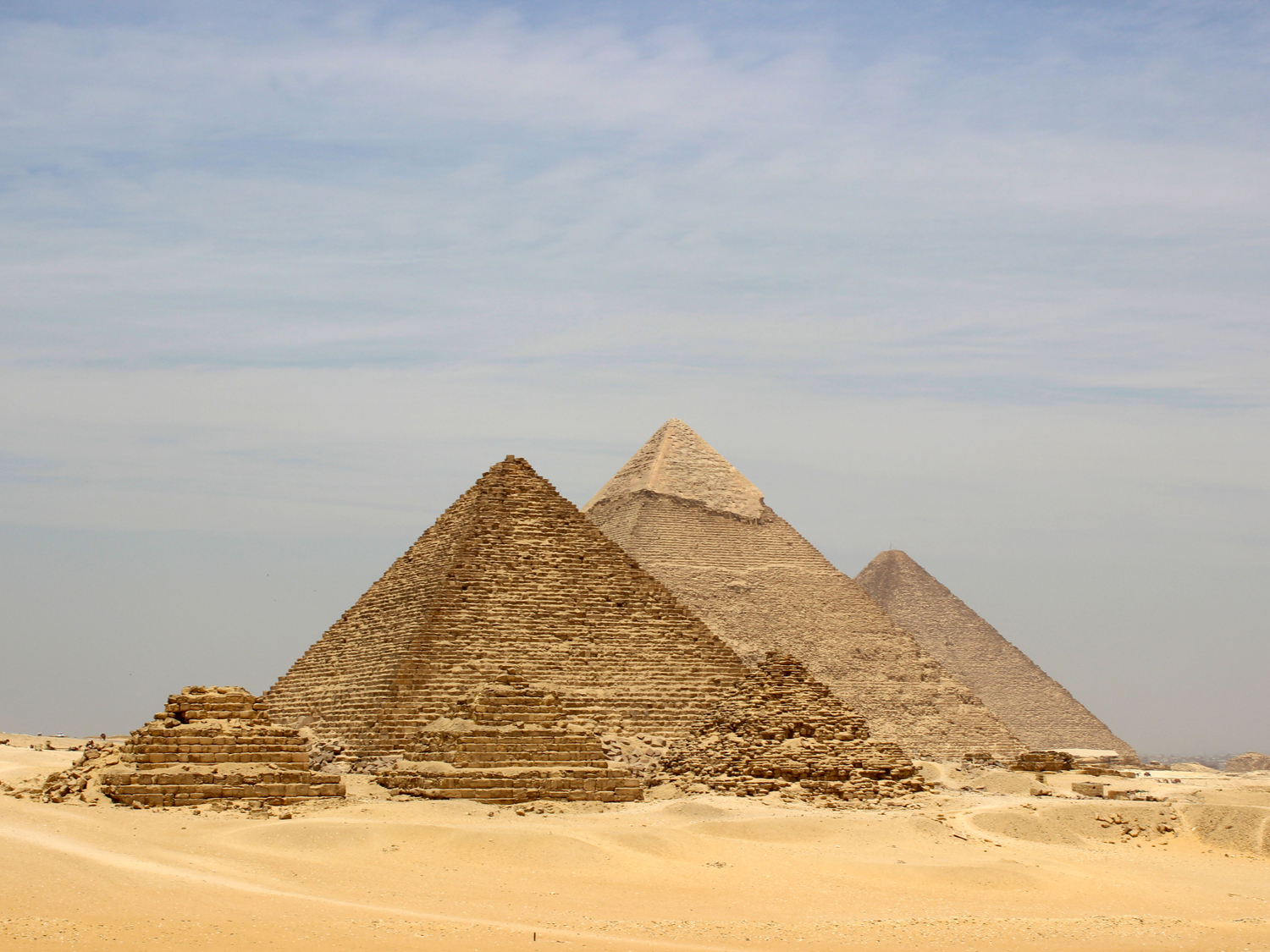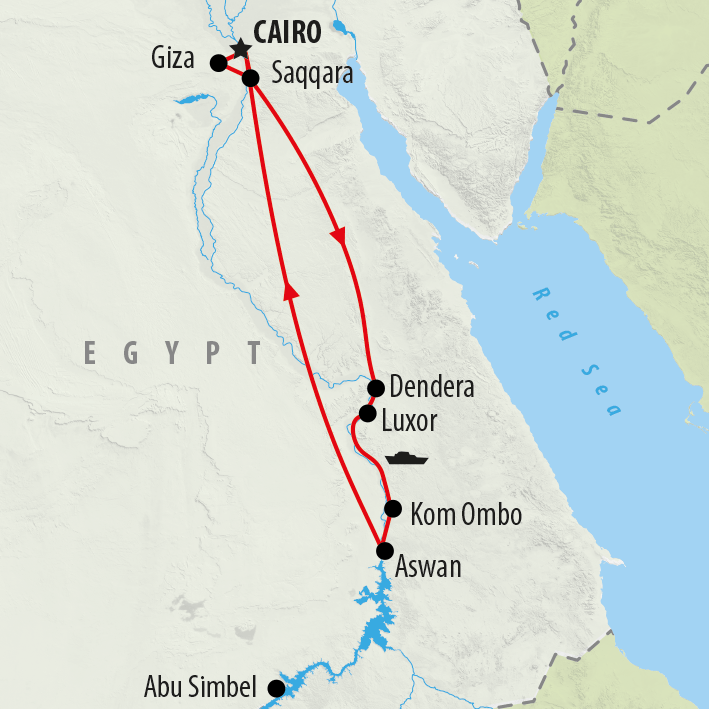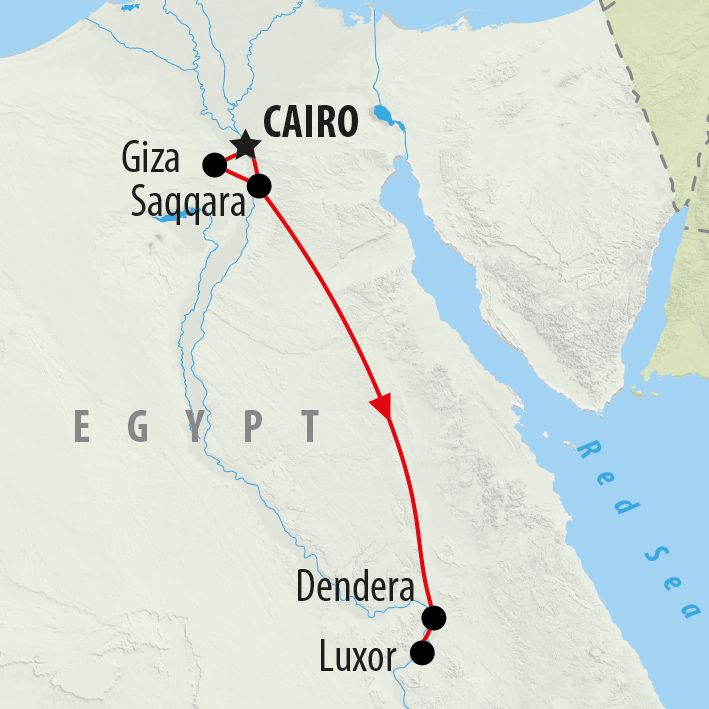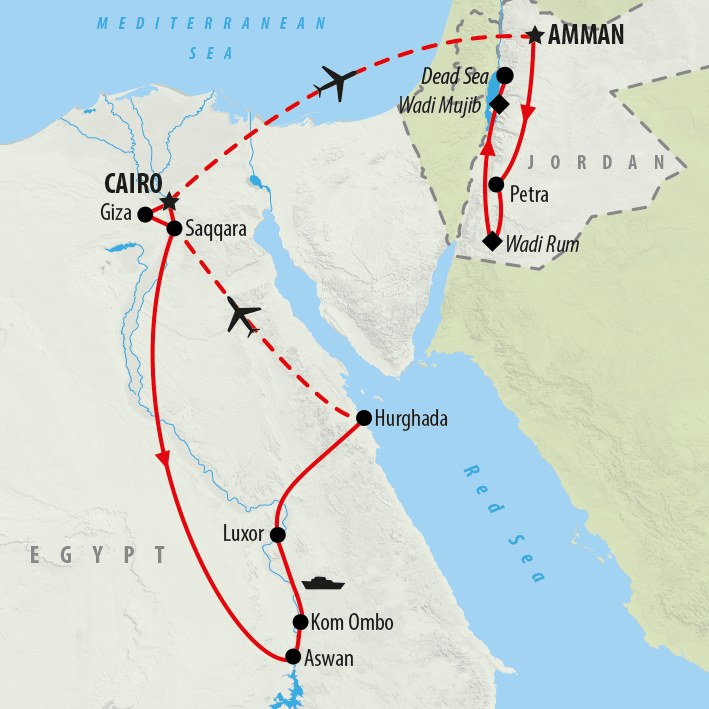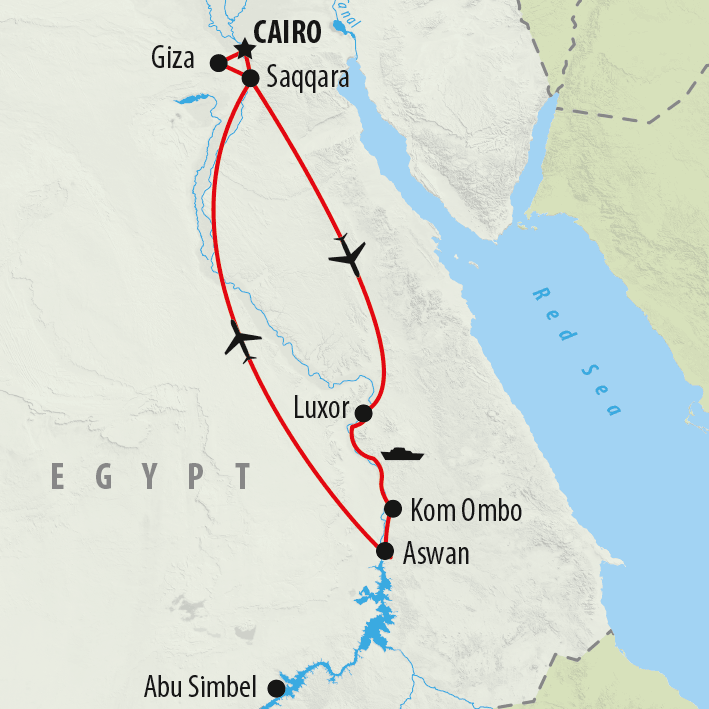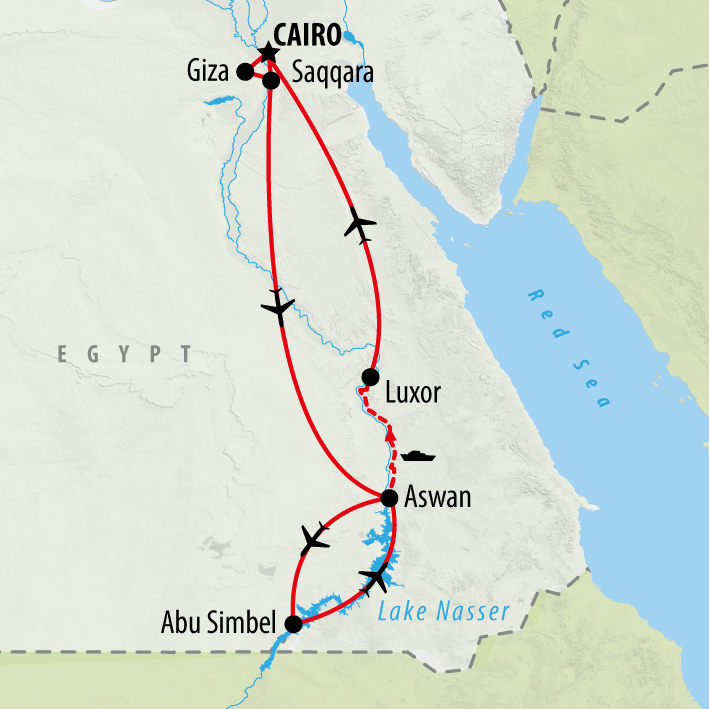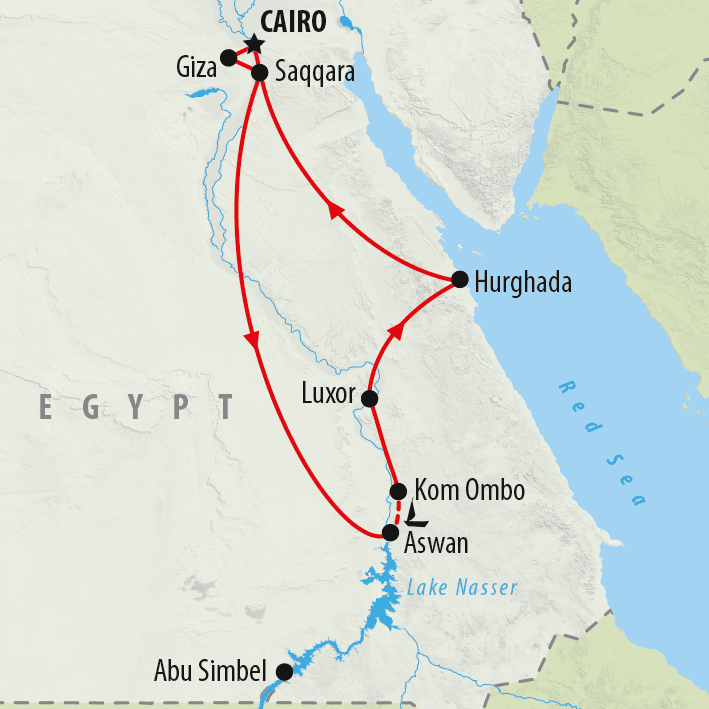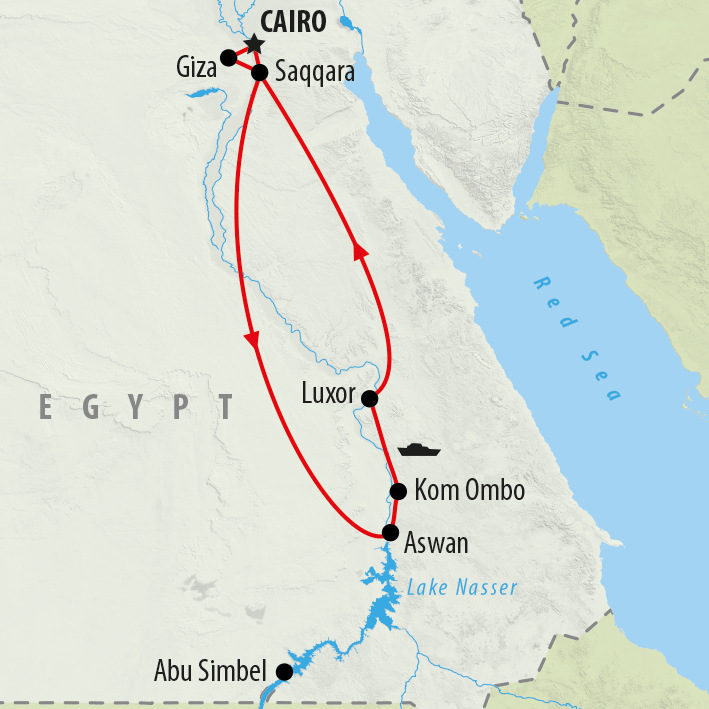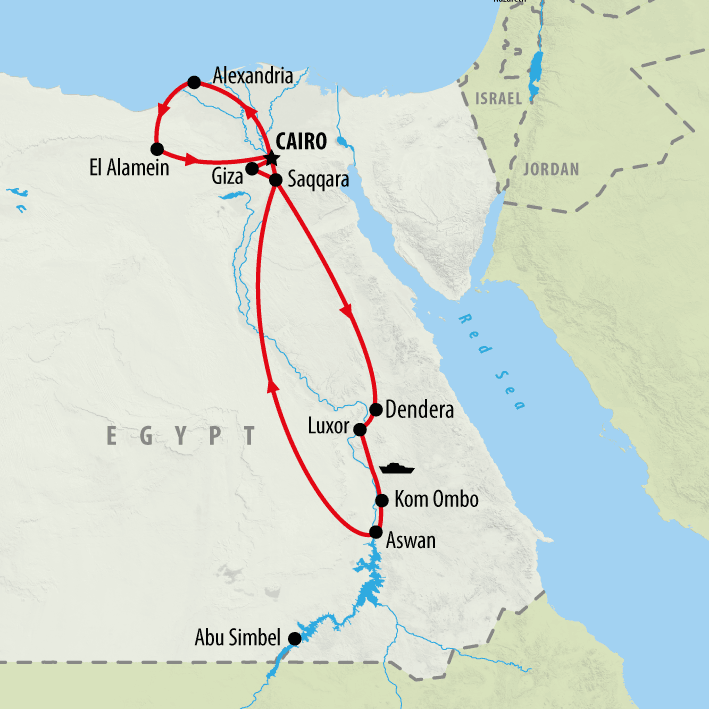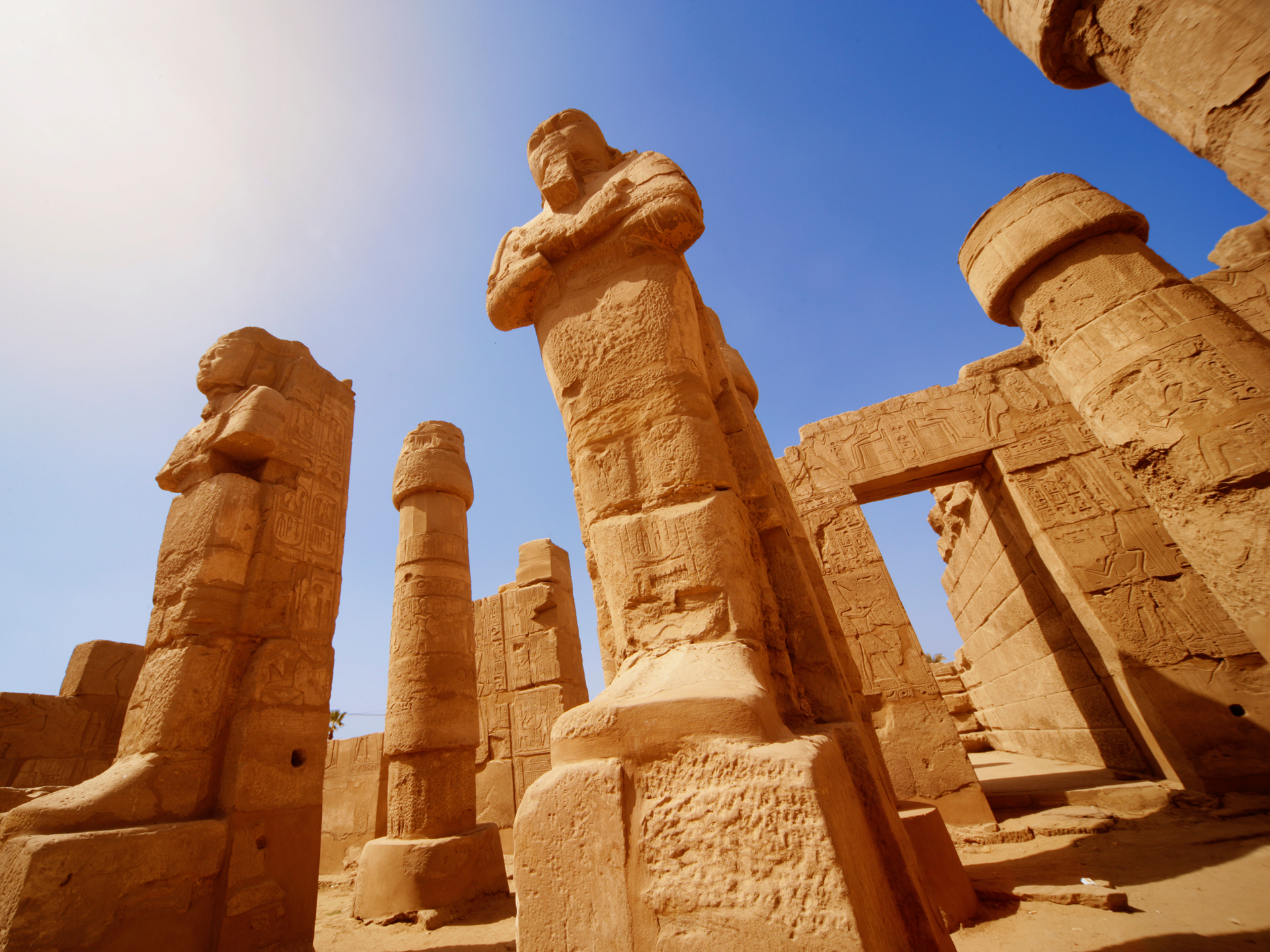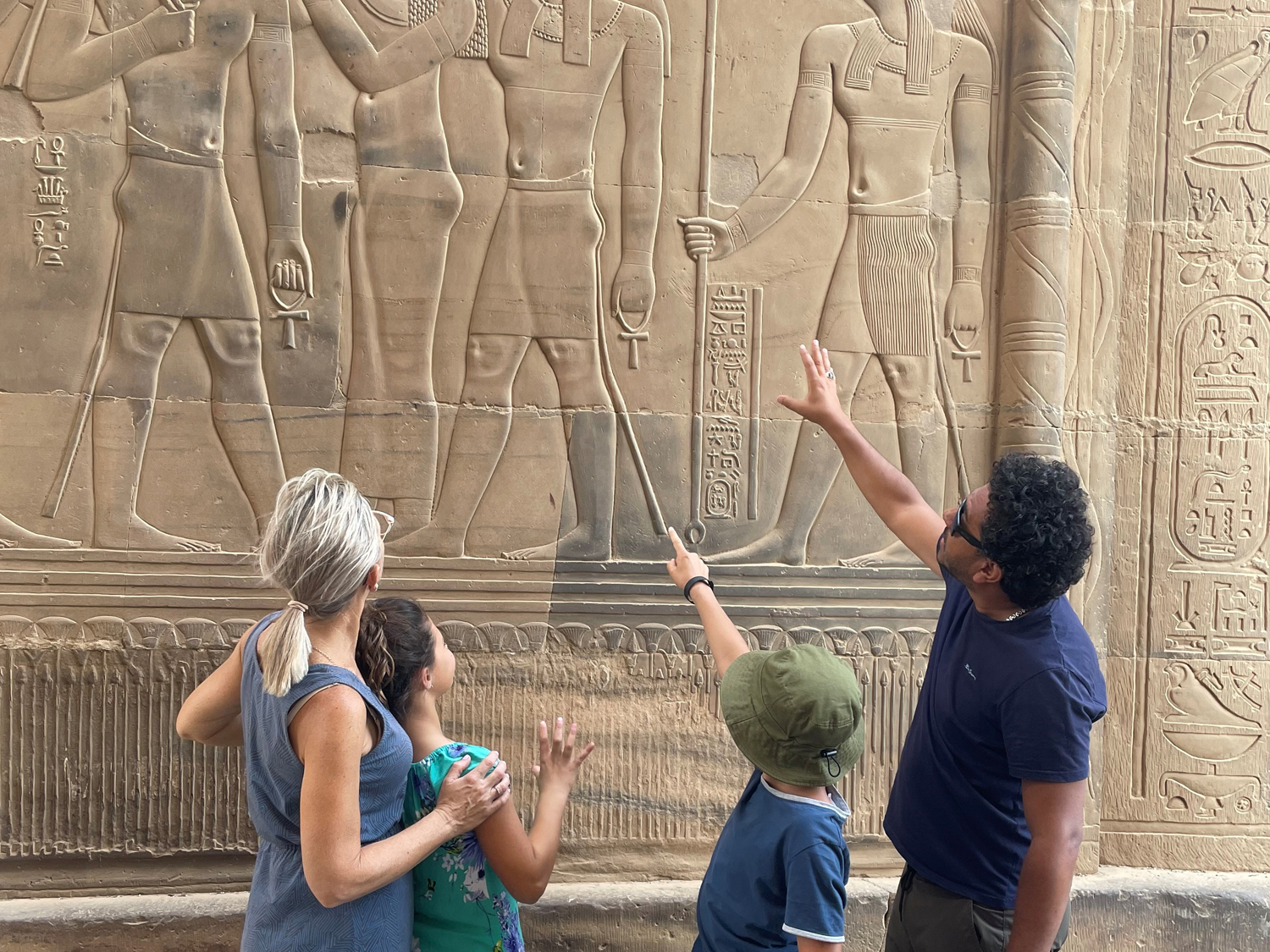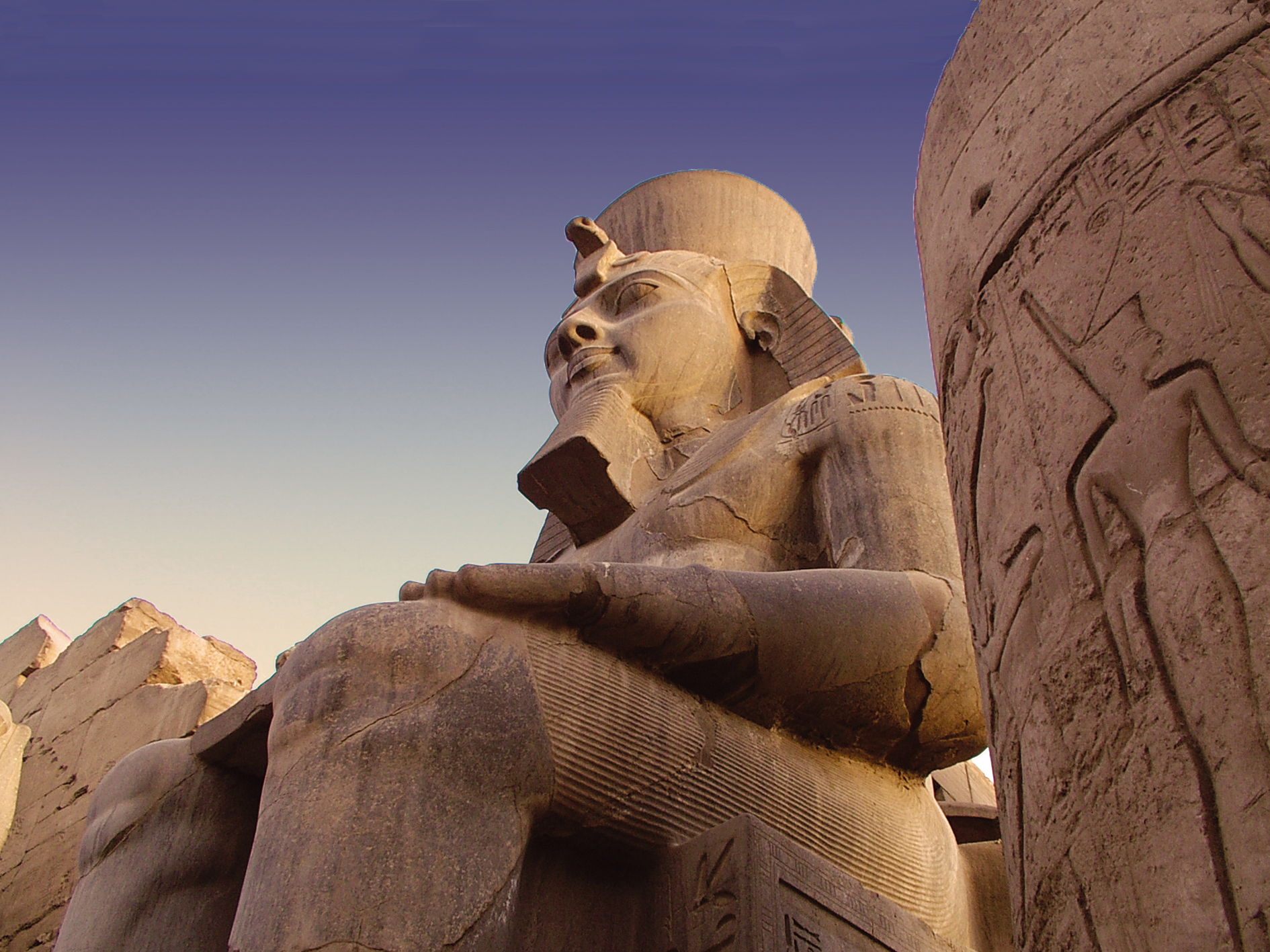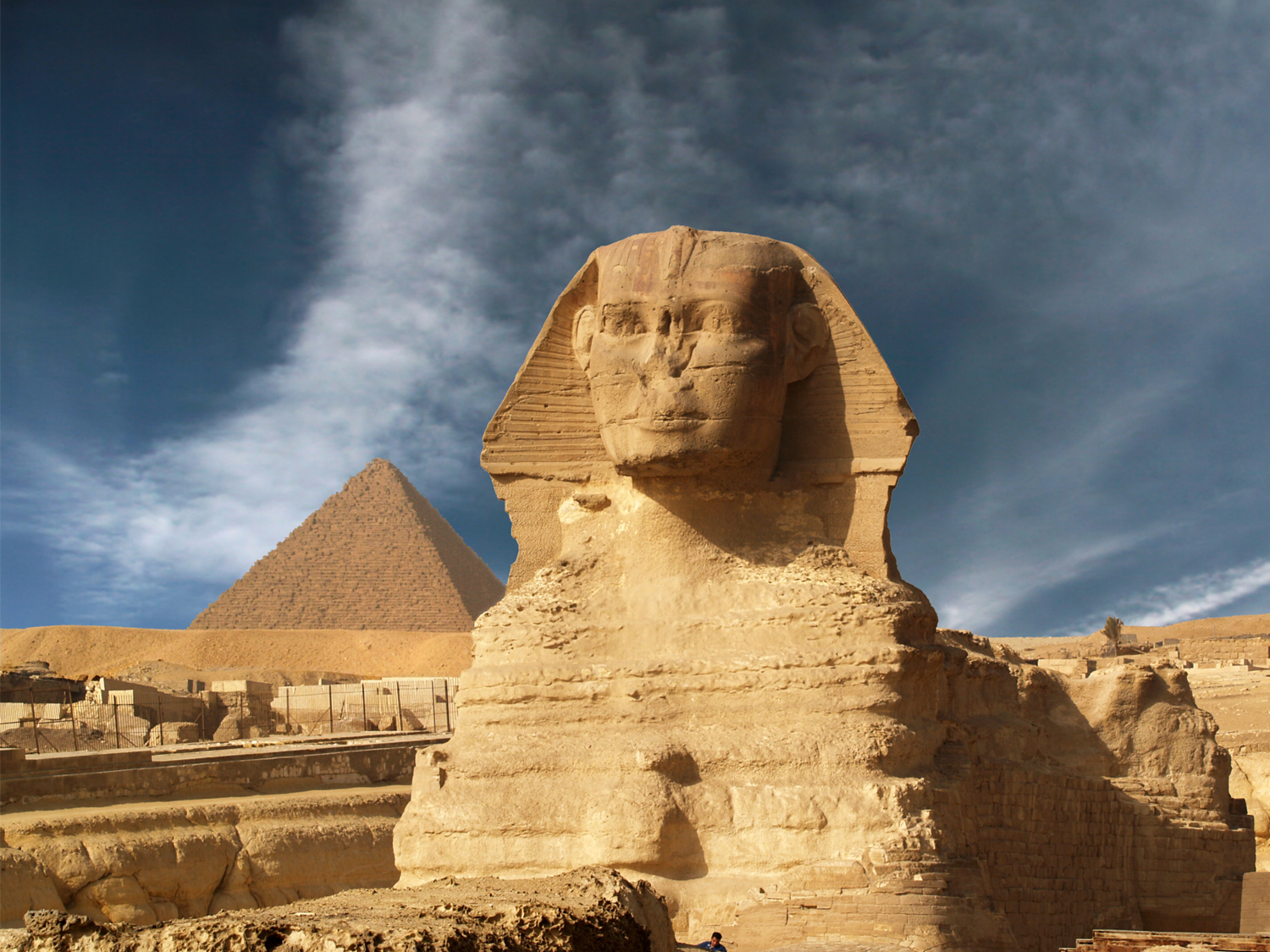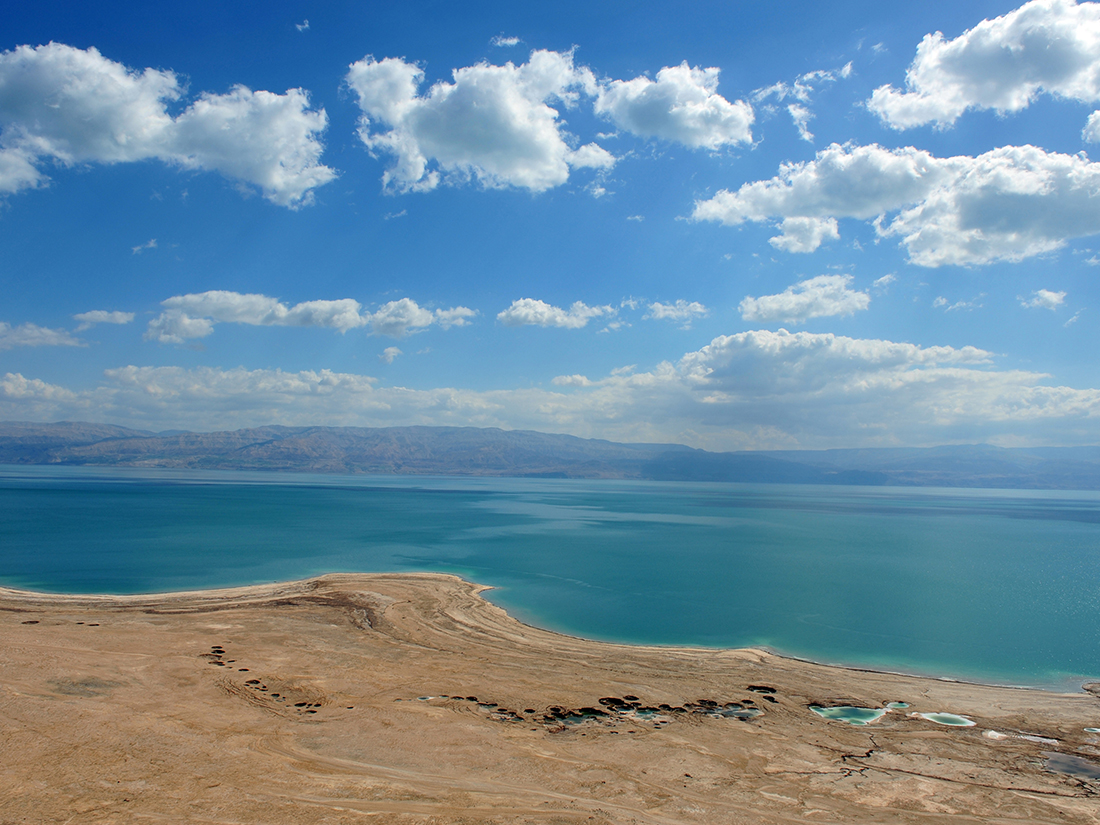Best tours to the Pyramids of GizaUnravel Mysteries with Our Unforgettable Tours to the Pyramids of Giza
When do you want to go?
2024
I'm flexible
Passengers
Adults (18+)
Children (0 - 17)
Pyramids of Giza
One of the most recognizable and enduring representations of ancient Egypt's architectural mastery, inventiveness, and cultural diversity are the Pyramids of Giza. These enormous buildings, which are situated just outside of Cairo on the Giza Plateau, have captured people's imagination for millennia and attracted travelers, academics, and explorers from all over the world who are awestruck by its majesty and mystique.
The Pyramids of Giza are the best example of pyramid construction in ancient Egypt. They were built during an approximate 80-year period, from 2580 to 2500 BCE, under the Fourth Dynasty of the Old Kingdom. Three successive pharaohs, Khufu (also called Cheops), Khafre (also called Chephren), and Menkaure (also called Mykerinos), had the three great pyramids constructed as their graves.
Three Pyramids for three Pharaoh’s
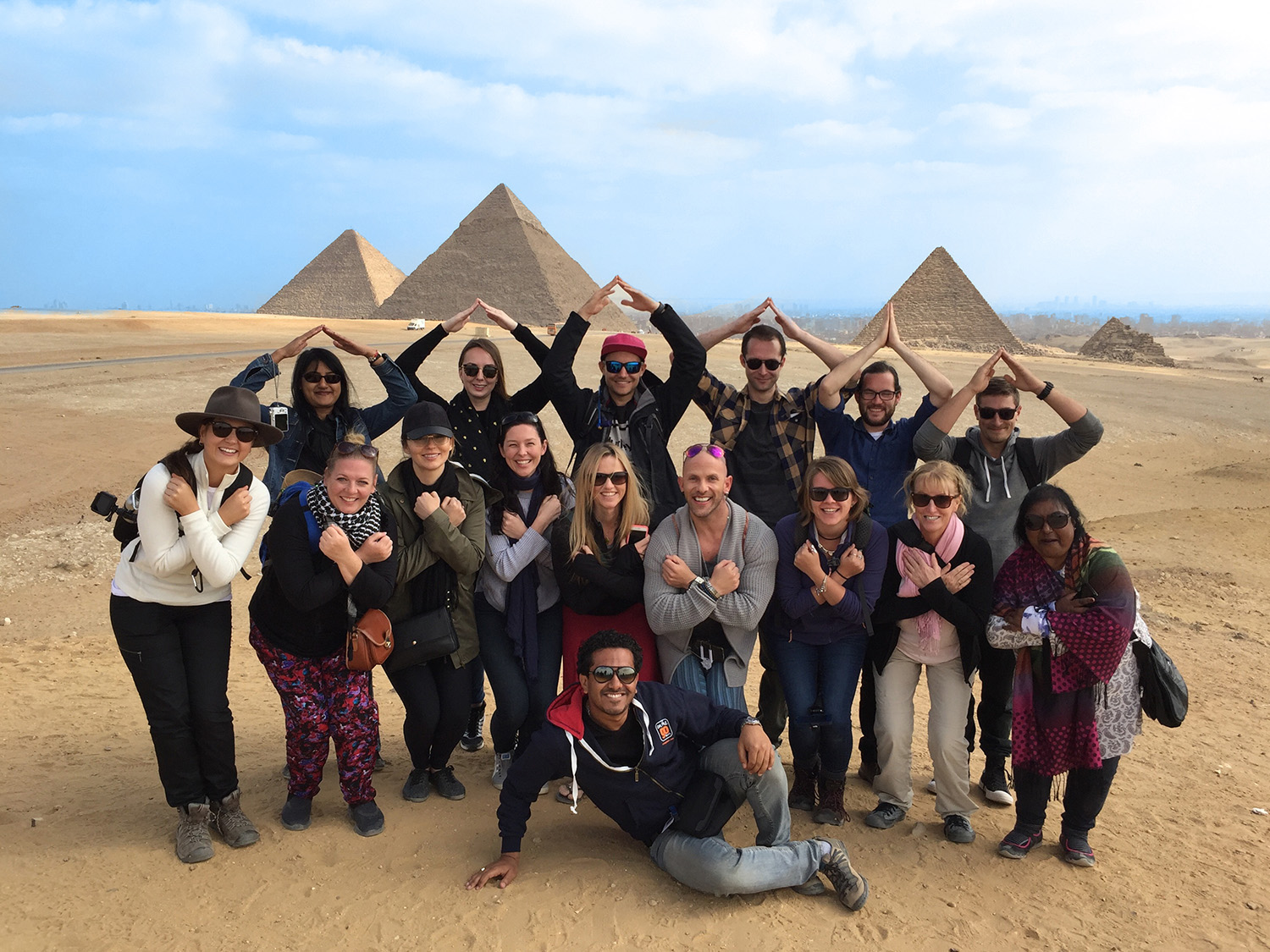
Of the three, Pharaoh Khufu is credited with building the greatest and most well-known structure, the Great Pyramid of Giza. It was formerly the highest man-made building in the world, rising to an astounding height of about 146.6 meters (481 feet). This distinction was retained for more than 3,800 years. The Great Pyramid's construction was remarkably precise; its sides nearly exactly aligned with the compass's cardinal points, and its base covered an area of around 13 acres.
The Pyramid of Khafre is next to the Great Pyramid; it is a little smaller than the Great Pyramid but stands on higher land, giving it a more elevated position. The enormous limestone statue known as the Great Sphinx, which is said to symbolize Khafre himself, stands in front of it. Its head belongs to a pharaoh, and its body is that of a lion.
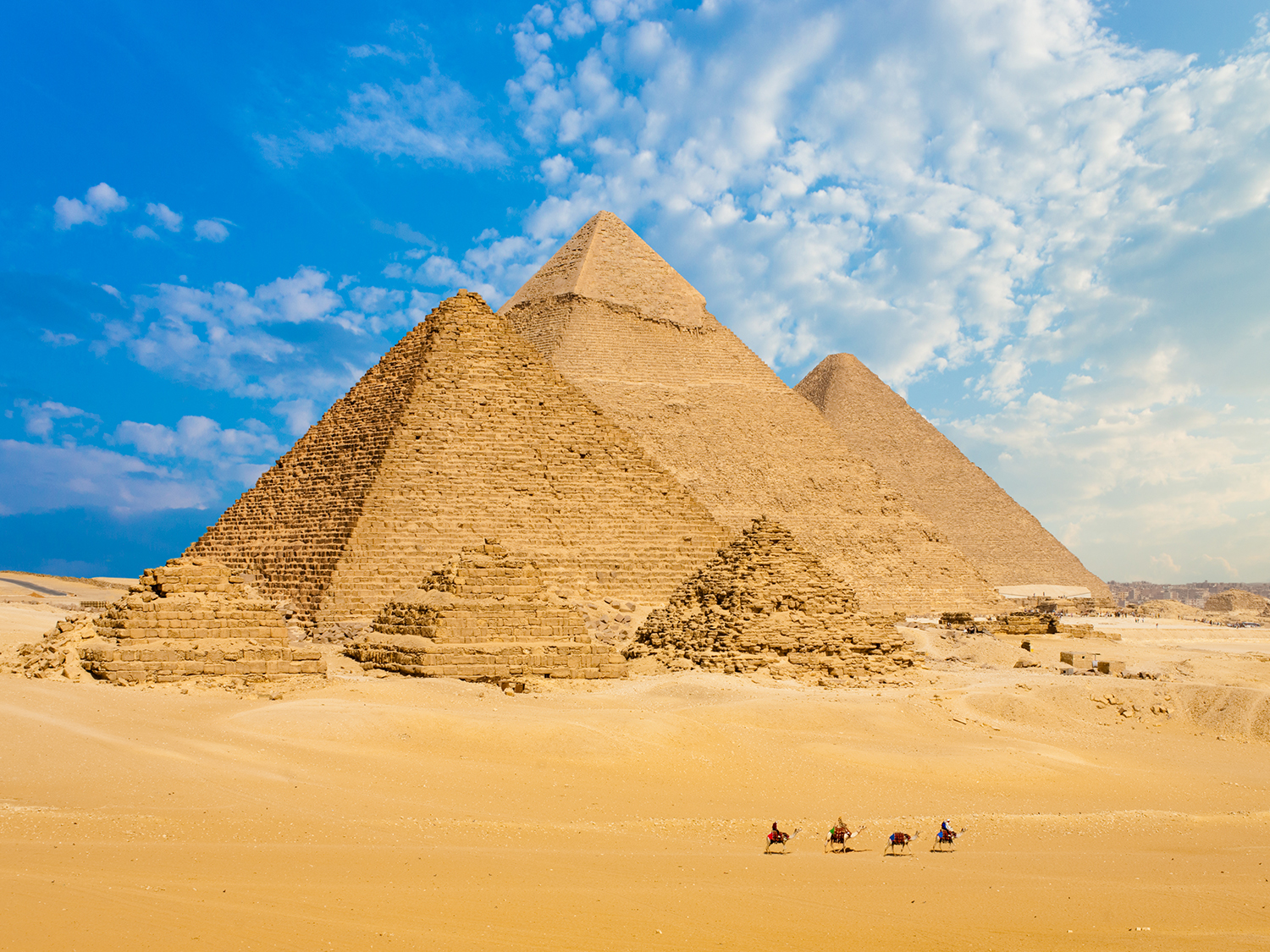
The third pyramid, built for Pharaoh Menkaure, is noticeably smaller in scale compared to its predecessors but is distinguished by the use of granite in its construction and the remnants of its original casing stones at its base.
Guided tours to the Pyramids of Giza
An authentic trip into the heart of ancient Egypt is provided by guided tours to the Giza Pyramids. These excursions, which are led by experienced Egyptologists, offer comprehensive insights into the background, style, and importance of these famous sites. Discover hidden rooms and corridors, marvel at the mysterious Sphinx, and explore the Great Pyramid of Khufu as you solve the mysteries of one of the most fascinating archaeological sites on earth. Our trips offer a unique journey through the treasures of the ancient world, accompanied by knowledgeable guiding and tailored encounters.
Facts about the Pyramids
Age
The Pyramids of Giza are ancient, constructed over 4,500 years ago during the Fourth Dynasty of the Old Kingdom of Egypt.
Builders
While there is ongoing debate among scholars, it is generally believed that the pyramids were built by skilled Egyptian labourers and craftsmen, rather than slaves.

Materials
The pyramids were constructed primarily using limestone blocks quarried from nearby sources. The outer casing stones, originally made of highly polished Tura limestone, were meticulously cut and fitted together to create smooth, reflective surfaces.
Engineering
The precision with which the pyramids were constructed is remarkable. The Great Pyramid, for example, is aligned almost perfectly with the cardinal points of the compass. The Egyptians employed advanced engineering techniques, such as the use of inclined planes and levers, to transport and lift the massive stone blocks into place.
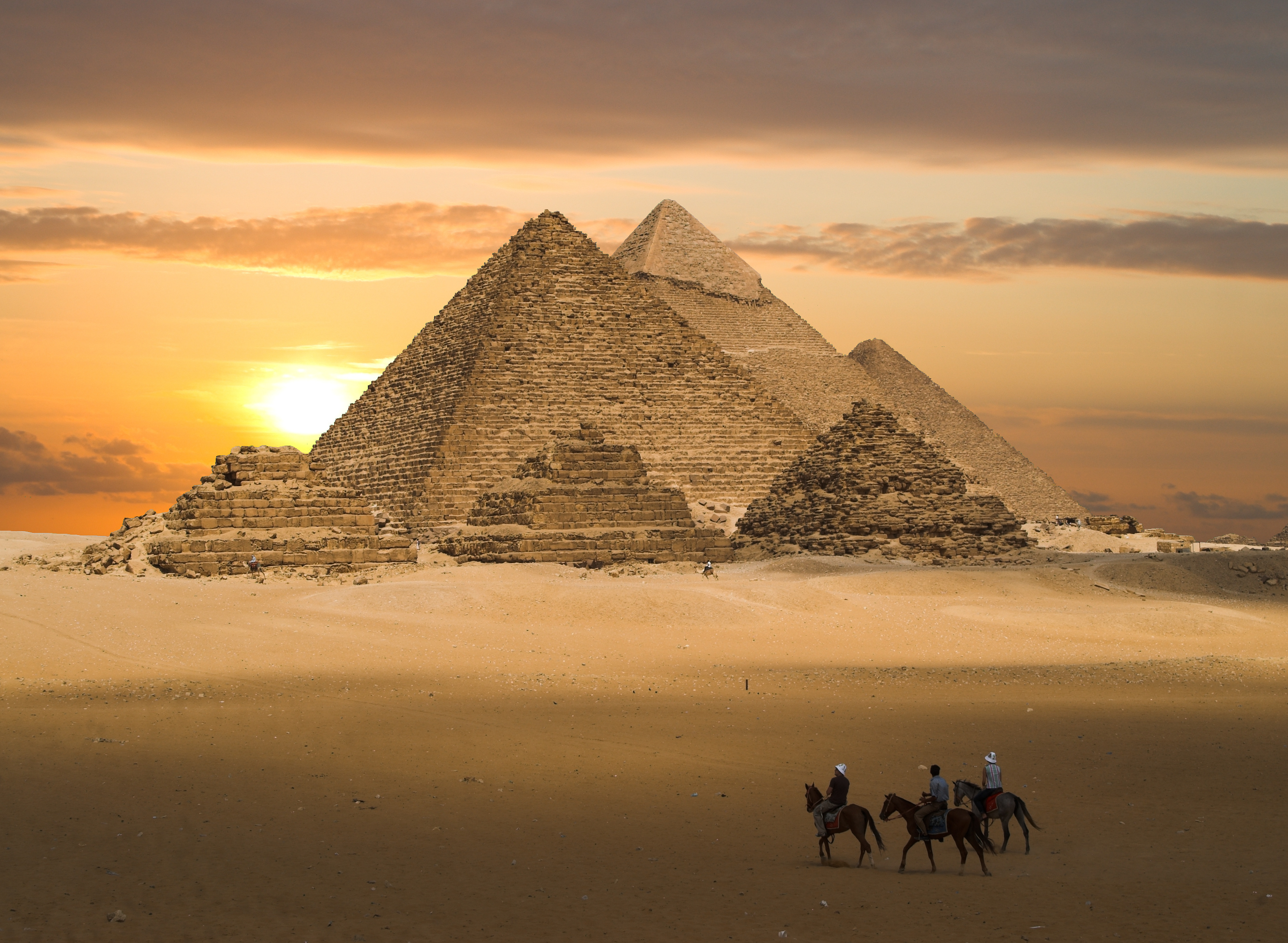
Dimensions
The Great Pyramid, which was built for Pharaoh Khufu, originally stood at a height of approximately 146.6 meters (481 feet); however, it now stands at 138.5 meters (454 feet). It covers an area of 13 acres at its base. The Pyramid of Khafre is slightly smaller, standing at a height of 136.4 meters (448 feet). The third and smallest pyramid, the Pyramid of Menkaure, stands at a height of 61 meters (200 feet).
Construction Methods
While the exact methods used to construct the pyramids remain a subject of debate, evidence suggests that the blocks were transported from the quarries to the construction site via river transport and then moved into position using sledges and ramps. The internal chambers and passageways were constructed using a corbelling technique, where successive layers of stone are laid slightly inward to form a sloping roof.

Purpose
The primary purpose of the pyramids was to serve as tombs for the pharaoh’s, housing their mummified remains and worldly possessions for the afterlife. The design and orientation of the pyramids were believed to facilitate the pharaoh’s journey to the realm of the gods.
Alignment
The pyramids are aligned with astronomical precision, with the sides of the Great Pyramid oriented almost perfectly to the cardinal points of the compass. Some theories suggest that this alignment was intended to symbolize the pharaoh’s connection to the cosmos and ensure his eternal ascent to the heavens.
Frequently asked questions
What is the current condition of the Pyramids of Giza?
While the pyramids have weathered thousands of years of erosion and human activity, they remain remarkably intact. Efforts are ongoing to preserve and protect these ancient monuments for future generations, including measures to combat erosion, manage tourism, and conduct archaeological research.
Are the Pyramids of Giza open to the public?
Yes, the Pyramids of Giza are open to the public, allowing them to explore the exterior and interior of certain chambers with the purchase of a ticket. However, access to certain areas may be restricted for conservation purposes or safety reasons.
How many blocks were used to build the Pyramids of Giza?
Estimates vary, but it’s believed that the Great Pyramids of Khufu alone consist of approximately 2.3 million limestone blocks, each weighing several tons. The total number of blocks used in all three pyramids and associated structures would be significantly higher.
Why were the Pyramids of Giza built on the Giza Plateau?
The Giza Plateau was chosen as the location of the pyramids due to its proximity to the ancient capital of Memphis and its elevated position, which provided a commanding view of the surrounding landscape. The plateau also had abundant sources of limestone for construction and was considered a scared necropolis for royal burials.
What is the significance of the Pyramid shape?
The pyramid shape is thought to have held symbolic and religious significance for the ancient Egyptians. Its sloping side was believed to represent the sun’s rays descending to earth, while the pointed apex symbolised the pharaoh’s ascent to the heavens and his eternal connection to the gods.
Have all the chambers and passages inside the pyramids been explored?
While much has been discovered about the internal structure of the pyramids, there are still areas that remain unexplored or inaccessible due to structural concerns or the risk of damage. Ongoing archaeological research and non-invasive techniques such as ground-penetrating radar may reveal new chambers and corridors in the future.
Book your next guided tour to the Pyramids of Giza with us
Millions of people visit the Pyramids of Giza every year, drawn by their ancient magnificence and the mystery surrounding their construction and function. The pyramids still astonish and amaze people today. They serve as timeless reminders of both human accomplishment and the lasting impact of one of the greatest civilizations in history.
Egypt guides
Start planning your journey to the land of the Pharaohs with our handy travel guide resources.
Explore more countries like Egypt!
Our customers say
Excellent
4.4 out of 5 based on 275 reviews
